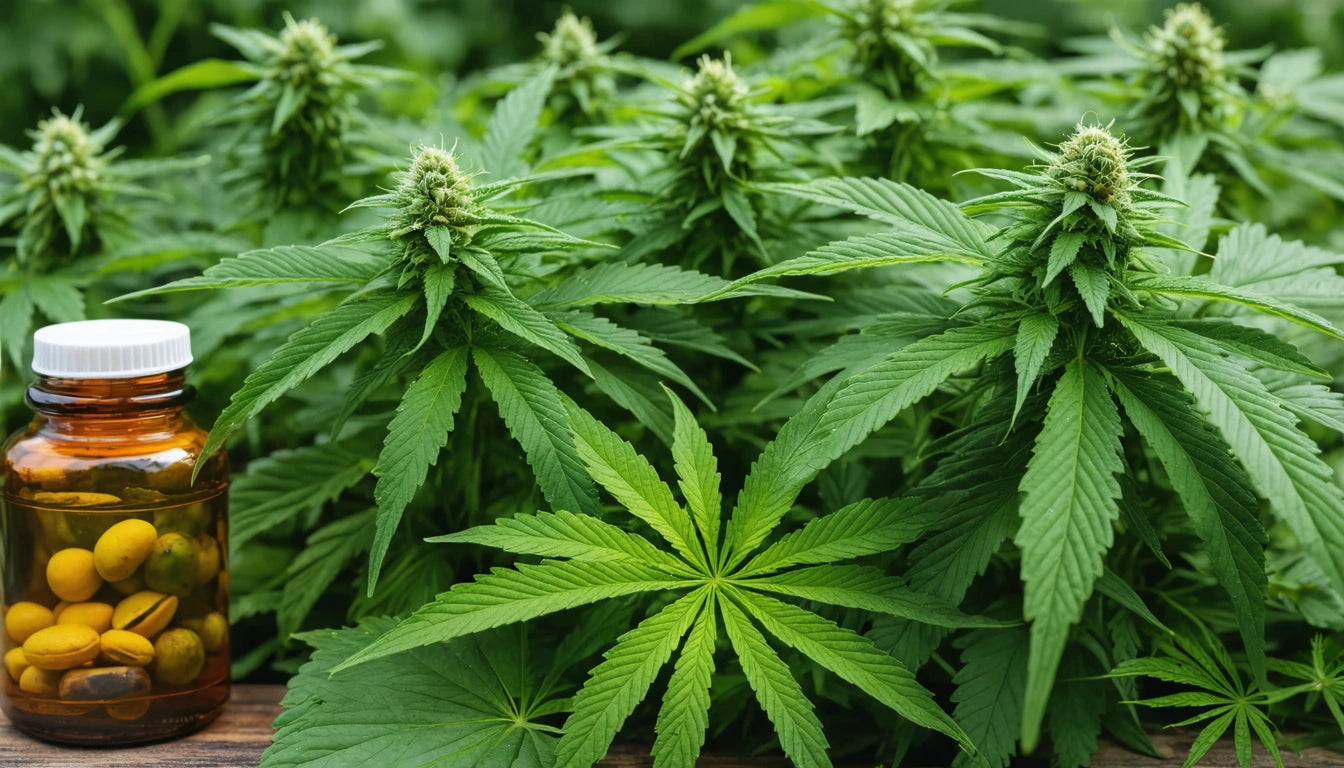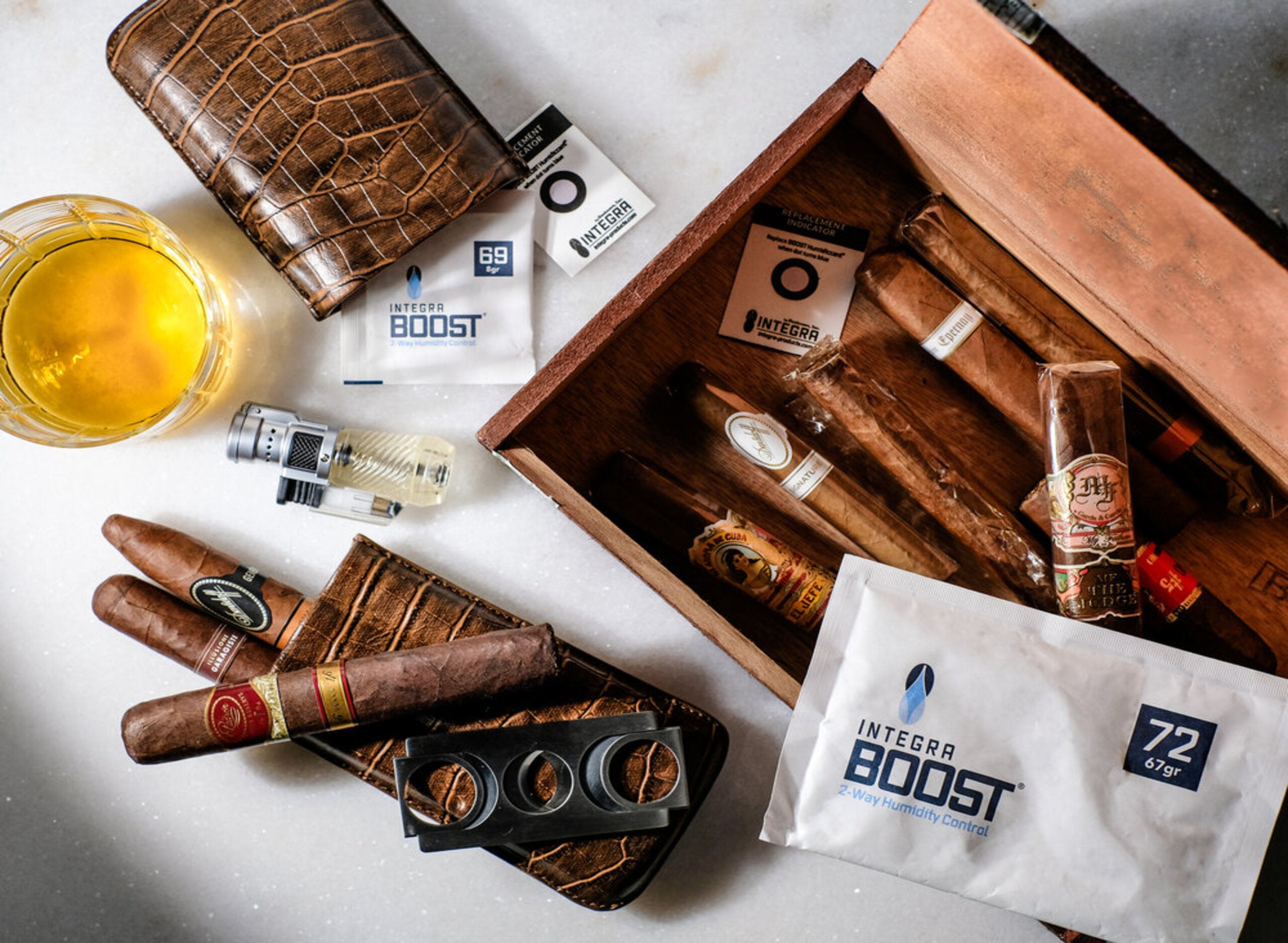Table of Contents
Why Oversized Packaging Could Be Hurting Your Brand
In the competitive cannabis market, packaging decisions impact far more than just product protection. Oversized packaging, while sometimes implemented with good intentions, can create a cascade of negative consequences for your brand, affecting everything from your bottom line to customer loyalty and environmental impact.
Financial Impact of Oversized Packaging
The financial burden of excessive packaging extends beyond the obvious material costs. According to our research on how overpackaging affects profit margins, brands can waste up to 25% of their packaging budget on unnecessary materials.
Direct Cost Implications
Oversized packaging increases expenses in multiple ways:
- Higher material costs per unit
- Increased shipping weights and dimensional charges
- Greater storage space requirements
- More labor for handling and assembly
These costs compound at scale, creating significant profit leakage that many brands fail to recognize until conducting a thorough packaging efficiency audit.
How Excessive Packaging Affects Customer Perception
Today's consumers are increasingly packaging-conscious. Excessive packaging can trigger negative reactions, particularly among environmentally aware demographics. This disconnect between packaging and product can lead to:
- Disappointment upon unboxing
- Perception of wasted resources
- Questions about your brand's values
- Reduced likelihood of repeat purchases
Conversely, right-sized packaging demonstrates thoughtfulness and respect for both the customer and the environment. Our moisture control solutions, like humidity control packs for cannabis products, can help maintain product freshness without requiring oversized containers.
Sustainability Concerns and Brand Reputation
Environmental impact has become a major factor in purchasing decisions. Excessive packaging directly contradicts sustainability messaging, creating a potential credibility gap for your brand. This misalignment becomes particularly problematic when:
Regulatory Considerations
Many jurisdictions are implementing packaging waste regulations that penalize excessive materials. Staying ahead of these requirements not only avoids potential fines but positions your brand as forward-thinking and responsible.
Identifying Packaging Inefficiencies in Your Product Line
Before implementing solutions, you need to identify where inefficiencies exist. Key indicators of packaging problems include:
- Products that rattle or move excessively within containers
- Void fill materials comprising more than 15% of package volume
- Multiple layers that don't serve protection or compliance purposes
- Customer complaints about excessive packaging
- Higher-than-industry-average shipping costs
A systematic approach to cutting packaging costs without sacrificing quality begins with measuring these inefficiencies across your product line.
Practical Solutions for Right-Sizing Your Packaging
Implementing more efficient packaging doesn't require sacrificing protection or brand aesthetics. Consider these practical approaches:
Custom Sizing Options
Working with packaging partners to develop custom sizes can eliminate excess space while maintaining brand consistency. This approach is particularly effective for unique product shapes or multi-product packages.
Material Optimization
Newer materials often provide better protection with less bulk. For example, rigid boxes can be made more cost-effective through strategic design modifications as outlined in our guide on improving rigid box cost-efficiency.
Modular Systems
Developing packaging systems that adapt to different product sizes using the same basic components can reduce inventory complexity while ensuring appropriate sizing for each product.
Optimization Strategies for Long-Term Brand Success
Beyond immediate fixes, developing a packaging optimization strategy can create lasting benefits for your brand. This approach includes:
- Regular packaging audits to identify new inefficiencies
- Customer feedback loops specifically addressing packaging perceptions
- Supplier partnerships focused on innovation and sustainability
- Staff training on packaging best practices
- Monitoring industry trends and regulatory developments
By treating packaging as a strategic asset rather than a necessary expense, cannabis brands can transform this touchpoint into a competitive advantage. Right-sized packaging communicates care, consideration, and commitment to both customers and the planet.
As the cannabis industry matures, packaging expectations will continue to evolve. Brands that proactively address oversized packaging issues now will be better positioned to meet changing consumer demands, regulatory requirements, and sustainability goals in the future.











Leave a comment
All comments are moderated before being published.
This site is protected by hCaptcha and the hCaptcha Privacy Policy and Terms of Service apply.